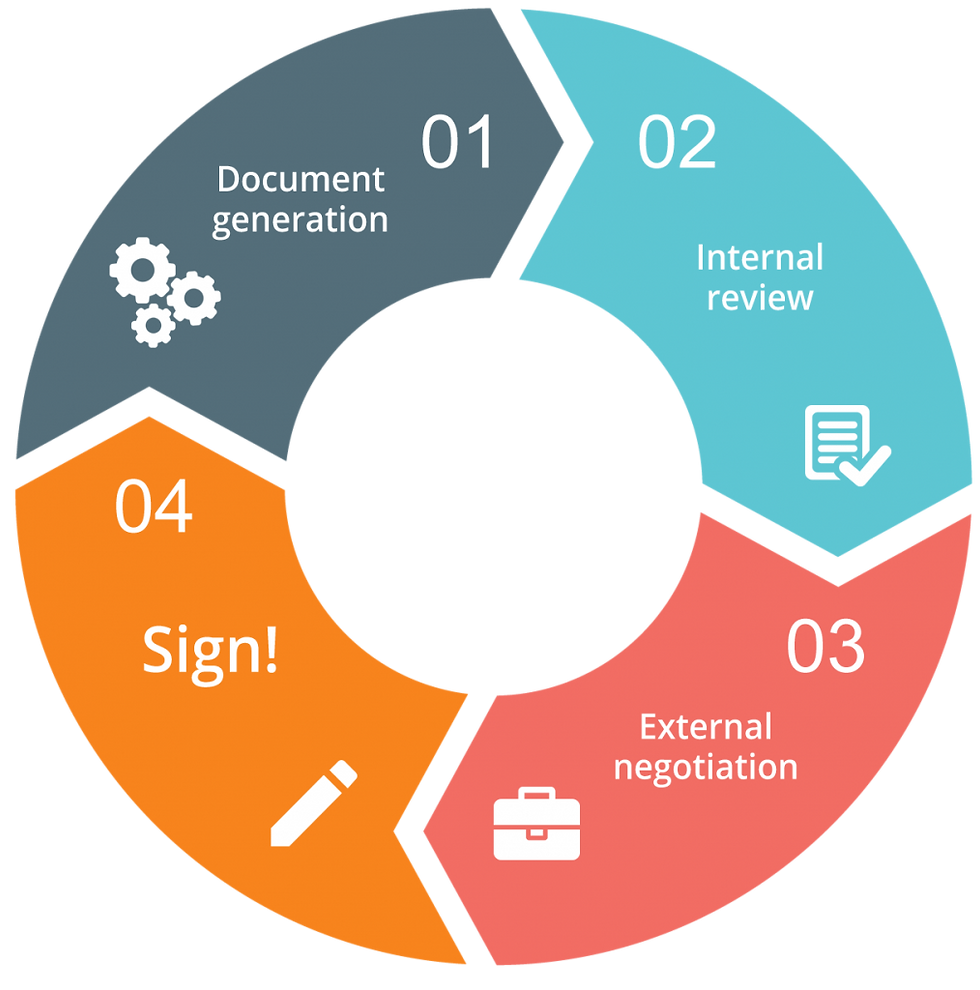Why Workflow Design is Crucial for Scaling Your Business Operations
- joelongfin
- Nov 14, 2024
- 3 min read
Scaling a business goes beyond increasing sales and expanding customer bases; it requires efficient, adaptable processes to handle growth without sacrificing quality or speed. Effective workflow design is crucial to achieving this goal. A structured workflow aligns teams, automates repetitive tasks, and optimizes time, making it the backbone of scalable operations. Tools like Cflow—a powerful workflow automation platform—offer an efficient way to design and implement workflows tailored for growth.

1. What is Workflow Design?
Workflow design is the process of creating a structured sequence of tasks to achieve specific business objectives. It involves mapping out the steps, identifying dependencies, and understanding how tasks flow between individuals and departments. With well-designed workflows, companies can streamline operations, reduce manual work, and minimize errors, making it a vital part of scaling.
Example: Cflow enables businesses to create customized workflows that reduce manual interventions, track progress in real time, and improve overall process efficiency. By allowing businesses to standardize and automate repetitive tasks, Cflow supports scalability without increasing the workload on teams.
2. The Role of Workflow Design in Scaling
Scaling is often accompanied by increased demands on resources and processes. Without a solid workflow, businesses may struggle to keep up with rising demands, leading to bottlenecks and inefficiencies. Workflow design is essential because it helps businesses:
Standardize Processes: A scalable workflow ensures consistency in performance and quality. For instance, Cflow’s automation capabilities can standardize routine approvals, reducing the likelihood of errors and ensuring that all team members follow the same processes.
Enhance Team Collaboration: With defined workflows, employees know their roles and responsibilities, fostering better collaboration. Cflow’s visual interface allows users to track each step in the workflow, promoting transparency and teamwork across departments.
Automate Routine Tasks: Manual tasks drain time and resources. Cflow offers automation features that allow companies to automate repetitive activities, such as document approvals and data entry, freeing up employees to focus on higher-value work.
3. Benefits of Workflow Design for Business Growth
A well-designed workflow can make all the difference when scaling up. Here are some key benefits:
a) Improved Efficiency
An optimized workflow reduces redundancies, enhances task allocation, and speeds up overall processes. By eliminating unnecessary steps, Cflow helps companies manage growing workloads without compromising on quality.
b) Better Resource Allocation
When workflows are designed efficiently, resources are allocated based on priority and capacity. Cflow allows businesses to monitor resource utilization, helping managers make data-driven decisions about team assignments and workload balancing.
c) Enhanced Compliance and Tracking
As a business grows, maintaining regulatory compliance becomes more complex. Workflow tools like Cflow offer tracking features that help businesses stay compliant by keeping records of all workflow activities, improving accountability, and ensuring that each process follows regulatory standards.
d) Scalability without Increased Costs
By optimizing processes through workflow design, companies can handle increased demand without significantly raising operational costs. With Cflow, businesses can set up scalable workflows that allow them to grow sustainably, supporting larger volumes of work without hiring more staff or spending on costly resources.
4. How Cflow Simplifies Workflow Design
Cflow’s user-friendly interface and drag-and-drop builder make it easy for businesses to design workflows, even without technical expertise. Here are some standout features that make Cflow ideal for scaling operations:
No-Code Automation: Cflow’s no-code platform enables users to design workflows without programming knowledge, making it accessible to a wider range of employees.
Real-Time Monitoring and Reporting: Cflow provides real-time analytics, helping businesses track workflow performance, identify bottlenecks, and optimize processes for maximum efficiency.
Customizable Workflow Templates: Cflow offers a library of templates that cater to common business processes, allowing companies to set up standardized workflows quickly and tailor them to specific needs.
Seamless Integration: Cflow integrates with various third-party tools, ensuring that workflows function smoothly across different software platforms and departments.
5. Steps to Implement Effective Workflow Design with Cflow
To make the most out of workflow design, follow these steps:
Identify Key Processes: Start by mapping out the processes that are essential to your business operations.
Define Roles and Responsibilities: Specify who is responsible for each step in the workflow to prevent overlap and improve accountability.
Automate Repetitive Tasks: Use Cflow to automate routine tasks, reducing the burden on employees and improving process speed.
Monitor and Optimize: Regularly review the workflows in Cflow to identify areas for improvement and make adjustments as your business grows.
Conclusion
Workflow design is more than a process—it’s a strategic approach that supports business scalability. By implementing efficient workflows with tools like Cflow, businesses can maintain high performance, minimize costs, and keep operations smooth as they expand. Whether you’re looking to automate approvals, manage resources, or standardize procedures, Cflow provides the features necessary to design workflows that align with your growth goals. As you scale, a robust workflow design will be the foundation that supports seamless, sustainable expansion.
SITES WE SUPPORT
Budgeting Process - Weebly
SOCIAL LINKS



Comments